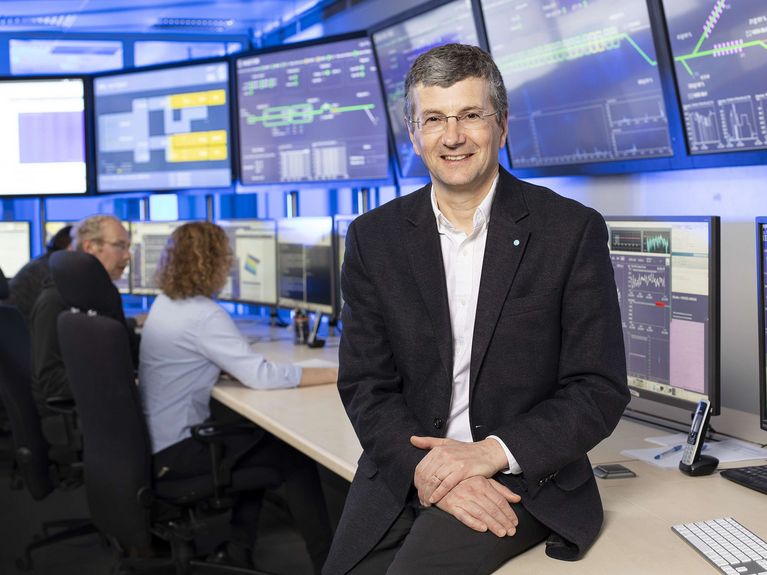Point of View
The fusion energy options

DESY’s accelerator director Prof. Dr. Wim Leemans, an expert in laser plasma acceleration and chairman of the Helmholtz Task Force on Laser-based Fusion Research. Image: DESY
The question of the next steps toward nuclear fusion energy is hotly debated in the Helmholtz Association right now. Wim Leemans is an expert in laser plasma acceleration and chairman of the Helmholtz Task Force “Laserbasierte Fusionsforschung”. Here he comments on the existing strategies and concepts, explains why, despite current successes, a cool head and staying power are still needed, and how Helmholtz can contribute to overcoming the existing challenges in the energy transition.
One thing is certain: Nuclear fusion is seen in Germany as a significant element of a future renewable energy supply portfolio and is of outstanding strategic importance for achieving the goals of the energy turnaround and securing Europe as a high-tech location.
The most advanced concept for nuclear fusion energy is based on magnetic confinement of hot plasmas, which can be realized by two different approaches: Tokomak or stellarator. Experiments based on this approach are already getting close to conditions needed to release energy from plasma. The world leader in the development of stellarators is Wendelstein 7-X in Greifswald. In this facility, essential technologies relevant for a power plant are already integrated. A power plant technology suitable for everyday use based on this can probably be made available in the next two decades. The funds required to get there will amount to around one billion euros per year over this period.
In the field of laser-assisted nuclear fusion, ignition was recently successfully demonstrated for the first time when in at least two separate experiments at Lawrence Livermore National Laboratory in the United States, high-energy laser pulses caused a pellet to ignite. More energy was generated than was supplied to the pellet in laser energy. However, it must be taken into account that in these experiments, a hundred times more energy had to be injected into the laser system itself. In addition, it has only been possible to fire one shot per day. For a fusion power plant, millions of shots per day would be necessary. Moreover, before a power plant-ready concept can actually be developed, significant intermediate goals must still be achieved. In other words, a great deal of basic research is still needed to make laser-assisted nuclear fusion a power plant technology suitable for everyday use. Nevertheless, pursuing this concept can add a great deal of value, both in the field of fusion research and beyond.
In this context, the Helmholtz Association can make an effective contribution in, among other things, the field of high-energy density physics, as well as in research into laser-plasma interaction, which plays an essential role in the development of compact plasma-based accelerators. In addition, the Helmholtz Association can contribute a wide range of core competencies to the research field: From modeling and simulation activities on high-performance computers, as used for plasma physics, to a broad spectrum of materials research, from which magnet-based fusion research also benefits.
However, this will require additional resources. We need investment in high-power laser facilities, which are an essential element in the development of laser plasma accelerators. We need partnerships, for example, with the Fraunhofer-Gesellschaft and industry, because they offer great opportunities for technology development. But we also need to create new centers of excellence because they play a coordinating role in answering fundamental questions about fusion research. And we need to invest in young talent, because only with young talent can we shape the future.
Discussion paper of the Helmholtz Task Force “Laserbasierte Fusionsforschung” (PDF)
Readers comments